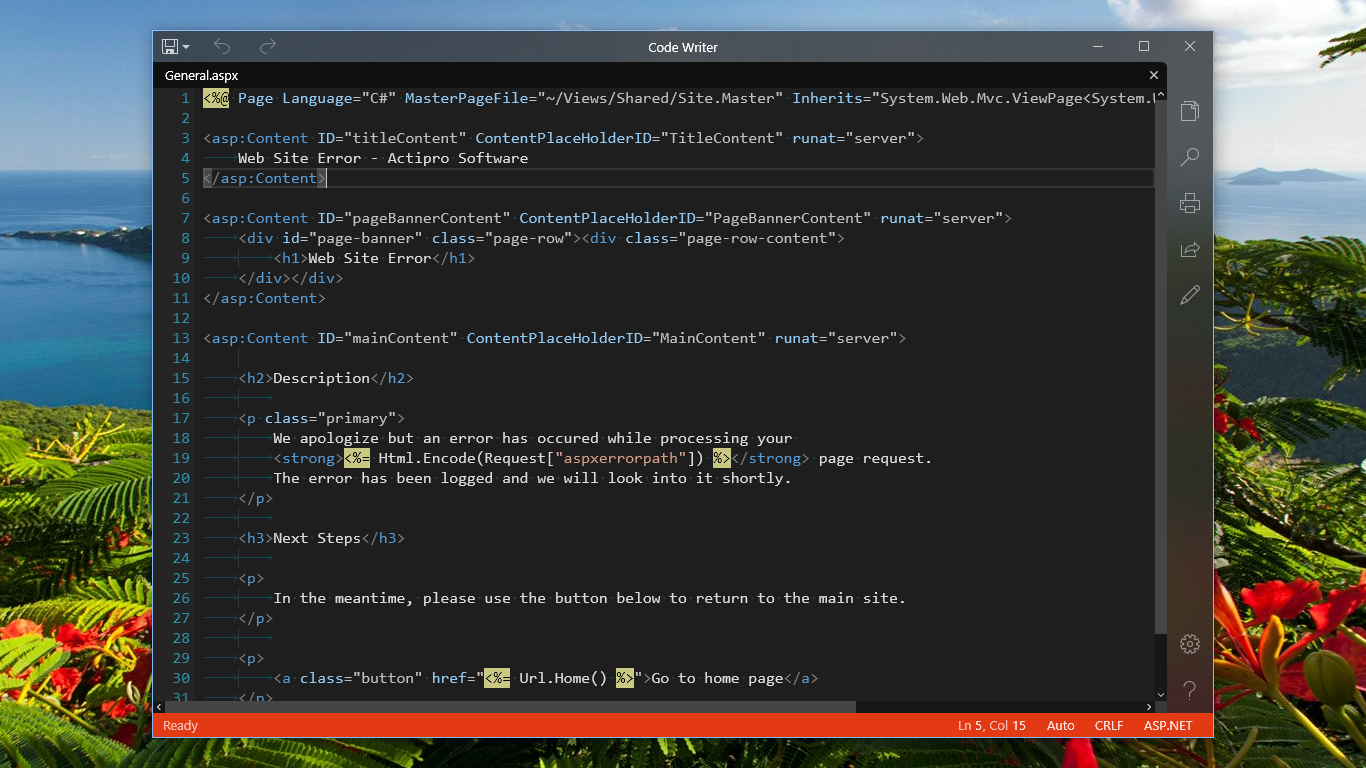

I think you can see where this is heading. You’ll notice the UDL dialog also has a button. Now for creating a brand new one yourself. The installed UDL kicks in when you next open a text file whose file extension matches the one in the UDL. (If there was more than one XML file, select the one that is not langs.xml or stylers.xml). Up pops an truely enormous dialog – fortunately you can dock it inside of the notepad app if you happen to have a monitor with less than 2000 pixels vertical resolutionĪnyhow, click the button, select the XML file you downloaded and job done. Put the xml file in your /users//AppData/Roaming/Notepad++ folder, or if there are multiple XML files then put them in a subfolder. You’ll find a collection of third party UDL files on the notepad++’s wiki, download one which will be an xml file or perhaps a zip with one or more XML files in it.

First off, how do we load an existing UDL ? Loading An Existing UDL

Yes, i’m using it’s “m32″ script file as an example here, but the principles involved in setting up a UDL will apply to whatever language you are configuring too. I’m going to use a real script as a basis – a script used by a 1990′s video game called Duke Nukem 3D which allowed you to customise game-play and later, in Eduke32 form, write similar scripts to do clever things in a game level editor. Indeed, in the UDL dialog of the latest notepad++ (Aug 2015) is a link to a temporary documentation site – which ceased in 2012 with a message “New, improved documentation site will replace this one in near future.” Neat … only … when I came to try to make one I found little documentation and what there was was fractured, distributed and dammit just incomplete (incomplete = Can’t find even a snifter via Google in an hour). For editing regular text I do like Notepad++, a text editor with colour syntax highlighting for many different programming languages built in – and a lot of other languages for which people have written User Defined Language ( UDL) plugins.


 0 kommentar(er)
0 kommentar(er)
